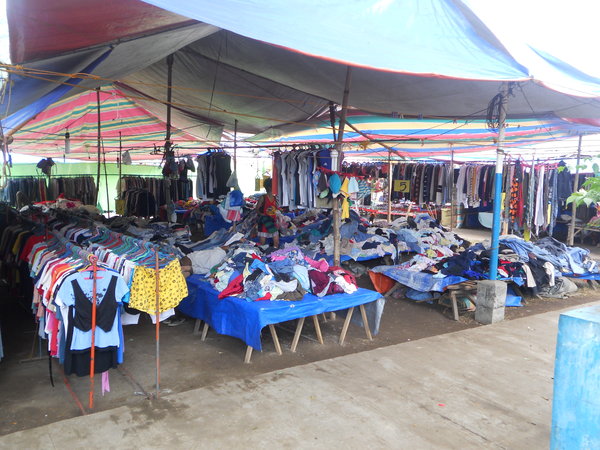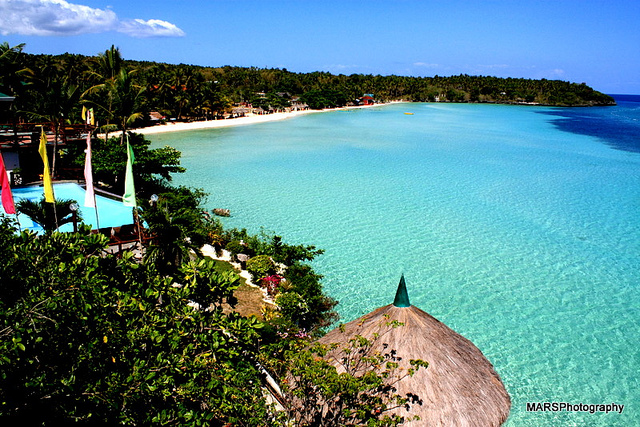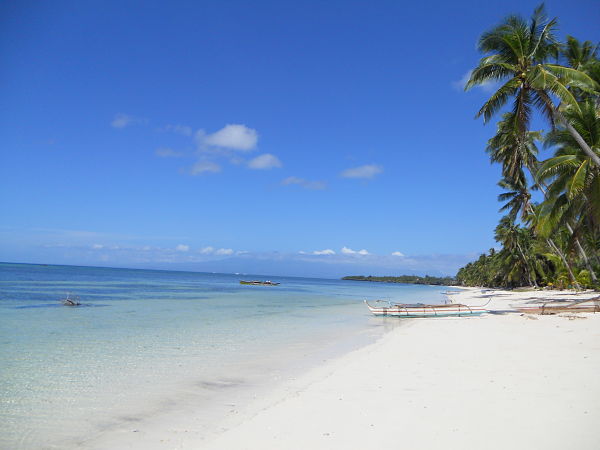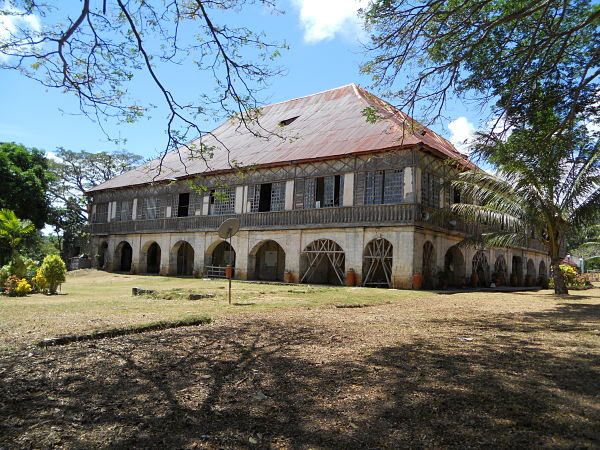The number 7,000 (islands) figures prominently every time any article about the Philippines is written, and for good reason. The country is archipelagic, and it pays to toot one’s own horn and flaunt statistics, especially if it serves the purpose of attracting curious travelers.
Not all tourists coming to the country may know this widely disseminated fact – save for the fact perhaps that Philippines is divided into three major island groups of Luzon, Visayas and Mindanao – so they are pleasantly surprised that there are treasures by the boatload waiting to be explored if they carve enough time. Be it for an intrepid backpacker wanting to trail-blaze undiscovered paths, or families looking to get away from the stresses of urban life, or couples desiring to have some alone time together, the Philippines never disappoints.
When to Go to the Philippines
Being a tropical country, the Philippines is abundantly blessed with sunshine even during the monsoons. From June to October, however, the monsoons predominate, and rains could go on unremitting for days, flooding the capital city, Manila, and the rest of low-lying areas in urban centers and the countryside. The drier months are between November to May, with December to February cooler and breezier than the rest. This is the start of the peak tourist season. Tourist traffic gets heavier in the hotter months of March, April and May, with the Holy Week as the heaviest as Filipinos get time off work and unwind in the country’s top summer destinations.
All throughout the year, at least 20 typhoons visit the country, regardless of the season. It can be sunny one day and stormy the next, although the reverse is also true: While Manila is battered with gusty winds during the wet season, some parts of the country can be summer dry and altogether tropical.
Getting to the Philippines
The Philippines’ main transport hub for international flights is in Metro Manila. This is where travelers from the Americas, Europe, Africa and the rest of Asia touch down, whereas flights from neighboring Southeast Asian countries may also land in any one of these regional hubs: Pampanga in Northwestern Luzon, Cebu in Central Philippines, and Davao in Southern Philippines. From there, travelers can fly to Manila in less than or equal to one hour, and vice versa.
Getting Around the Country
Apart from various domestic airports that link the country’s capital with the provinces, travelers can also explore the country via “the nautical highway.” This mode of transport actually involves land vehicles that “roll on and roll off” maritime conveyances (hence the term “RORO) until they reach their intended destinations, and are especially convenient for travelers who want to get to Visayas (Central) and Mindanao (Southern) without booking a flight.
All over the country, the popular mode of public transport is the “jeepney”, a converted US Army jeep surplus that seats 8-10 passengers on two benches facing each other. This is the typical means of transport in urban areas, along with taxi cabs that are either metered or (haggled) fixed-price. Shared transportation options like air-conditioned vans are also popular, and are often cheaper over long distances compared to taxis.
In rural areas, transportation over short distances is accomplished by the “tricycle”, a three-wheeled motorcycle with a cab that shelters the driver and passengers, and acts as an extra storage for luggage such that anything of heft can be placed on the roof. The entire assembly can be covered in plastic when it rains. Ideally, tricycles should only seat up to 5 people including the driver, but given the propensity of Filipinos to squeeze as much mileage out of a gallon of gas, tricycles often seat up to 10 passengers (excluding the luggage) especially in areas where public transport is hard to come by.
Another three-wheeled man-powered conveyance is the “padyak” or “trisikad”, a cycle rickshaw that ferries up to two passengers over very short distances, as in one corner of the block to the other. These can be seen all over the country, even in highly urbanized centers, although they are only allowed in secondary and tertiary roads and not along main arteries.
Buses that seat up to 60 passengers provide medium- to long-range transport between the urban centers and rural areas. Buses come in varying comfort levels, and air-conditioned ones with toilets onboard are popular for long-distance travel, especially when rolling on and off seaports. With the country’s extensive RORO network, it is quite possible to travel from Manila to all points in Visayas and Mindanao aboard a bus.
“Double tires” are mini-buses or small trucks with two rows of benches facing each other, and both could seat up to 40. They can be rented for long-haul travel but normally ply the same established routes that standard buses take.
It is worthy to note that Filipinos are fond of, or forced by circumstances to, “top load” when out of sight of local traffic enforcers. When there is limited service available, passengers take their ‘seats’ on the roofs of buses, double tires and jeepneys, a natural extension of the Filipinos’ resourcefulness to make the most out of limited resources. While this can be fun and at times exhilarating, travelers need to be warned that “top-loading” is inherently risky and exempts the carriers from any liability whatsoever.
Accommodations in the Philippines
Plush accommodation for the discerning traveler abounds in Metro Manila, prime beach destinations like Palawan and Boracay, regional hubs like Cebu and Davao, and urban centers that are capital cities of their provinces. Mid-range accommodations are available not only in the Philippines’ major urban centers, but also in provincial cities and bigger towns. Bed and breakfast and budget accommodations are the norm in mid-sized cities and smaller towns, whereas homestays are great and budget-friendly options in destinations that have just entered the tourist scene (for lack of sufficient tourist infrastructure). Batanes, the Mountain Province, Palawan and Camiguin are just some of the destinations where guest overflow is absorbed by this improvised bed and breakfast. Cottages made of indigenous materials like bamboo and palm fronds are favored in beach and mountain resorts.
What to Do in the Philippines
There are P-L-E-N-T-Y of things to do in the land of 7,000. Not only is the Philippines blessed with achingly beautiful beaches, but it is also equally endowed with breathtaking mountainscapes, colorful underwater scenery teeming with marine life, mossy rainforests, cavernous caves and active tectonic zones. On top of its geography, the Philippines is one destination overloaded with religious festivals that are sanctioned by the Vatican and are offshoots of paganism. That alone is a chapter on its own.
Of the endless possibilities for outdoor adventure that one can engage in, below are some of the most famous activities that visitors and locals alike seem to enjoy wherever they may be in the country:
- Beach bumming – Palawan, Boracay, Camarines Sur, Camiguin, Bohol, Siquijor, and Cebu are just some of the top beaches in the country.
- Snorkeling – The aforementioned sites abound with colorful and lively marine life in the pelagic zone.
- Scuba Diving – The Philippines’ best is the UNESCO Heritage Site Tubbataha Natural Reefs just off the coast of Palawan. Some of the country’s best dive sites are found in Boracay, Cebu and Negros Island.
- Surfing – Camarines Sur in Luzon and Siargao in Mindanao are world-famous for their waves.
- Island-hopping. – With 7,000 islands, the mix of itineraries is endless.
- Mountain Climbing – Mt. Apo, the tallest in the Philippines located in Mindanao, is a favorite of local mountaineers; so is Mt. Pulag, the highest peak in Luzon, and Mt. Kanlaon that towers over the Visayas. Mt. Mayon in Central Eastern Luzon and Mt. Pinatubo in Northwestern Luzon are also among the most inviting (and along with Mt. Kanlaon, recently active).
- White-water Rafting – Cagayan de Oro in Mindanao is the go-to place of white-water enthusiasts.
- Parasailing – Boracay, Cebu, Subic (in Luzon) and Palawan have enough equipment and market to cater to this segment.
- Paraw (traditional outrigger sailboat) sailing – More leisurely and less adrenaline driven, paraw sailing is everywhere where there is open sea.
- Spelunking – Samar is the spelunking hotshot of the Philippines. The Puerto Princessa Underground River in Palawan is both for spelunking and river boating enthusiasts.
Indoors, nightlife is especially hectic and thumping in Metro Manila, Cebu and Davao, and provincial capital cities. The more mass-oriented, but no less riotous, entertainment is karaoke bars that can be found wherever there is electricity and alcoholic beverage.
Local fiestas (festivals) are also occasions to go out and let loose, and if travelers explore enough even just one province, they are likely to find out that they can get to every barrio (borough) everyday of the year and not run out of fiestas to attend.
All that, of course, is just the tip of the crater. There is so much going on deep in the earth that a few weeks’ trip to the Philippines is barely scratching the surface. Travelers who hang around long enough get to witness fireworks of cultural, religious, culinary and (literally) geological eruption that leaves them open-mouthed at the conflict of forces, both natural and man-made, that makes the Philippines both a marvel of nature and a curiosity of man.
Photo by Marc Veraart



